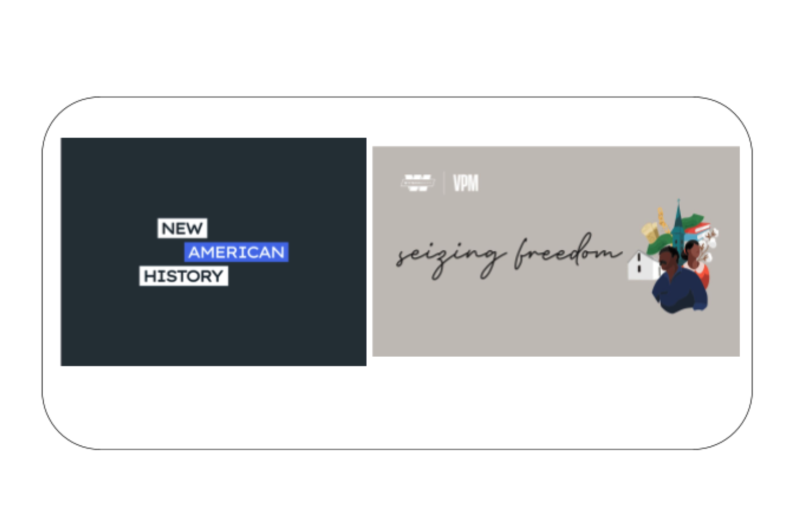

Common Core: CCSS.ELA-LITERACY.RH.11-12.7 Integrate and evaluate multiple sources of information presented in diverse formats and media (e.g., visually, quantitatively, as well as in words) in order to address a question or solve a problem. C3 Framework: D2.Civ.4.9-12. Explain how the U.S. Constitution establishes a system of government that has powers, responsibilities, and limits that have changed over time and that are still contested. D2.Civ.10.9-12. Analyze the impact and the appropriate roles of personal interests and perspectives on the application of civic virtues, democratic principles, constitutional rights, and human rights. National Council for Social Studies: Theme 5: Individuals, Groups, and Institutions Theme 6: Power, Authority, and Governance National Geography Standards: Standard 17: How to apply geography to interpret the past
Teacher Tip: Think about what students should be able to KNOW, UNDERSTAND, and DO at the conclusion of this learning experience. A brief exit pass or other formative assessment may be used to assess student understandings. Setting specific learning targets for the appropriate grade level and content area will increase student success.
Suggested Grade Levels: High School (9-12)
Suggested Timeframe: 2-3 90 minute class blocks
Suggested Materials: Internet access via laptop, tablet, or mobile device
Amendment - to officially change a document, law, or policy, such as a Constitutional amendment
Barriers - policies, laws, actions, objects meant to stop a person or group of people from moving forward
Ku Klux Klan (KKK) - a white supremacist group founded in 1865 to intimidate African Americans and other minority groups from asserting themselves in any way, including politically
Legacy - money, property, ideas or values handed down from generation to generation
Lost Cause - the belief that slavery was a fair, moral system, and that the Southern states’ reasons for forming the Confederacy were honorable
Portrait - an image of a person, usually a painting
Reconstruction - the period after the Civil War, from about 1863-1877, when the federal government passed civil rights legislation and attempted to transform the Southern states as they returned to the Union
Representative Democracy - a form of democracy in which the people elect someone to the government who will speak up for them and vote for laws that benefit them
Seizing - taking something by force
Socialite - a wealthy person who spends most of their time attending social gatherings and influencing people in power (like a social media influencer today)
Vignette - a small illustration that is part of a larger image or narrative
This Learning Resource includes language in the body of the text to help adapt to a variety of educational settings, including remote learning environments, face-to-face instruction, and blended learning. If you are teaching remotely, consider using videoconferencing to provide opportunities for students to work in partners or small groups. Digital tools such as as Google Docs or Google Slides may also be used for collaboration. Rewordify helps make a complex text more accessible for those reading at a lower Lexile level while still providing a greater depth of knowledge.
In this Learning Resource, students will also be exploring connections and working to build a collection in Bunk. For more information about connections, assignments, or collections in Bunk, visit bunkhistory.org. They will also create a presentation which may be designed using Google Slides, PowerPoint, Prezi, Easelly, Powtoon, Animoto, iMovie, Haiku Deck, VoiceThread, or Kizoa.
This Learning Resource was developed in collaboration with VPM/Witness Docs from Stitcher, co-producers of the Seizing Freedom podcast. It utilizes two different instructional strategies: Analyzing Images as described by Facing History and Ourselves and Chalk Talk as explained by BetterLesson. Analyzing Images is meant to guide students through a close analysis of an image as they develop an awareness of historical context, practice critical thinking skills, enhance their observation and interpretive skills, and develop conceptual learning techniques. In a chalk talk silent discussion, students "talk" with each other through writing about a prompt, problem, or question. This strategy is a great way to promote discussion, encourage participation, and provide students with the chance to think in silence before responding aloud to a classmate.
Use the Chalk Talk strategy to let students generate as many examples as they can. Using this strategy, students “talk” with each other using their pen/marker on paper to respond to the prompt. For this activity, student groups should use the same large piece of paper to respond to all parts of the prompt.
These Learning Resources follow a variation of the 5Es instructional model, and each section may be taught as a separate learning experience, or as part of a sequence of learning experiences. We provide each of our Learning Resources in multiple formats, including web-based and as an editable Google Doc for educators to teach and adapt selected learning experiences as they best suit the needs of your students and local curriculum. You may also wish to embed or remix them into a playlist for students working remotely or independently.
For Students:
After the Civil War – a period historians call “reconstruction” – political and societal change was massive and unprecedented. The end of slavery brought challenges alongside hope. This lesson looks at some of the changes, including: what freedom actually meant, the promises lost, and the legacy of this tumultuous period.